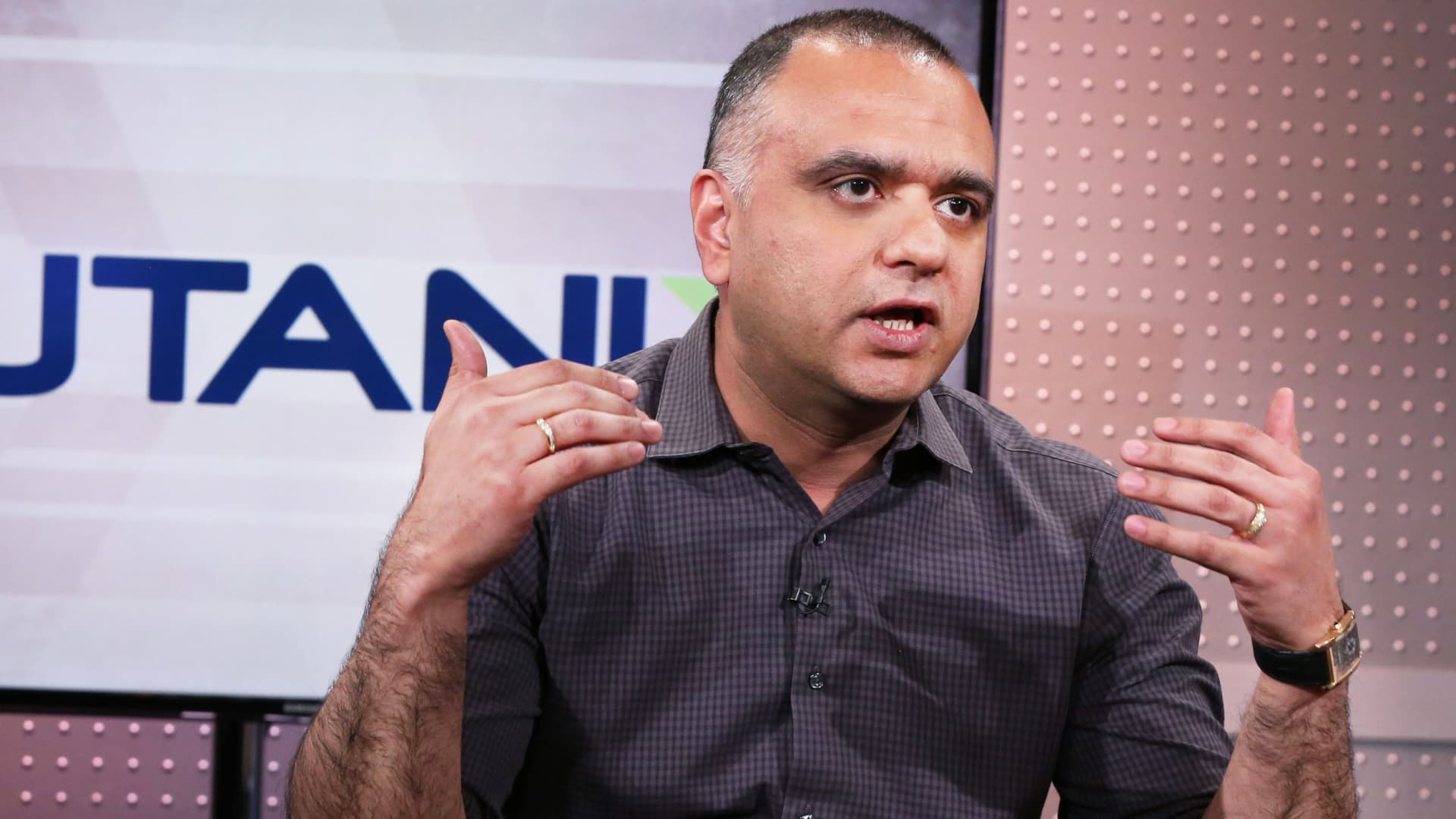Decentralized applications (DApps) have gained popularity for their transparency, security, and user asset ownership. However, when it comes to delivering high-quality AAA gaming experiences through DApps, there are significant challenges. Existing 2D gaming DApps operate on blockchain networks using smart contracts for asset management. While these DApps are efficient and simple, they struggle to handle the complexity of AAA games.
One of the primary hurdles for traditional blockchains like Ethereum is scalability. This limitation affects real-time interactive gaming, as transaction throughput and latency become constraints. Additionally, AAA games require high-performance computing and superior graphics rendering, which existing DApps struggle to provide. This results in subpar visual experiences for gamers.
Developing AAA gaming DApps is also costly due to resource-intensive tasks and blockchain execution fees. Balancing immersive experiences with user-friendly expenses is a complex task with traditional DApp frameworks.
To address these challenges, the actor model has emerged as a potential solution. The actor model is a communication model that enables parallel computing and asynchronous messaging within a blockchain protocol. This model allows developers to build complex DApps with less difficulty. The Gear Protocol, led by Nikolay Volf, founder of the Gear Protocol and Vara, utilizes the actor model for enhanced DApp development.
Asynchronous message handling in blockchain programming offers several benefits for DApps. It allows for non-blocking processing of transactions and smart contracts, enabling concurrent execution of multiple tasks. This parallel processing capability improves the performance and throughput of the blockchain network, resulting in reduced transaction processing times and improved overall efficiency.
Some blockchain games, like Ember Sword, have already integrated parallel processing into their development processes. This approach allows for instant and low-cost in-game item transfers, similar to traditional gaming experiences.
Furthermore, asynchronous message handling makes DApps more resilient to network conditions and temporary failures. If there is a network outage, the game can continue running despite any issues on its blockchain. This enhances the overall dependability of blockchain gaming DApps.
Scalability is also improved with asynchronous messaging, as tasks can be distributed across multiple nodes. This allows the system to handle higher transaction volumes without sacrificing performance.
Event-driven architectures are also supported by asynchronous message handling. Instead of continuously polling for updates, DApps can subscribe to specific events or messages, allowing them to respond promptly and efficiently to changes on the blockchain. This reduces overhead and conserves network resources.
Lastly, asynchronous processing provides real-time feedback and efficient transaction validation. This is crucial for applications requiring quick confirmations.
By leveraging the actor model and adopting asynchronous message handling, developers have the opportunity to create powerful AAA gaming DApps that cater to a growing user base and diverse use cases. This methodology expands the possibilities of decentralized gaming and maximizes the capabilities of blockchain technology in the gaming sector.


